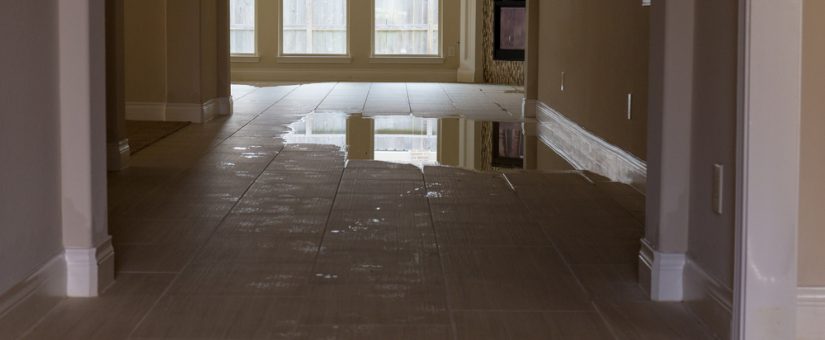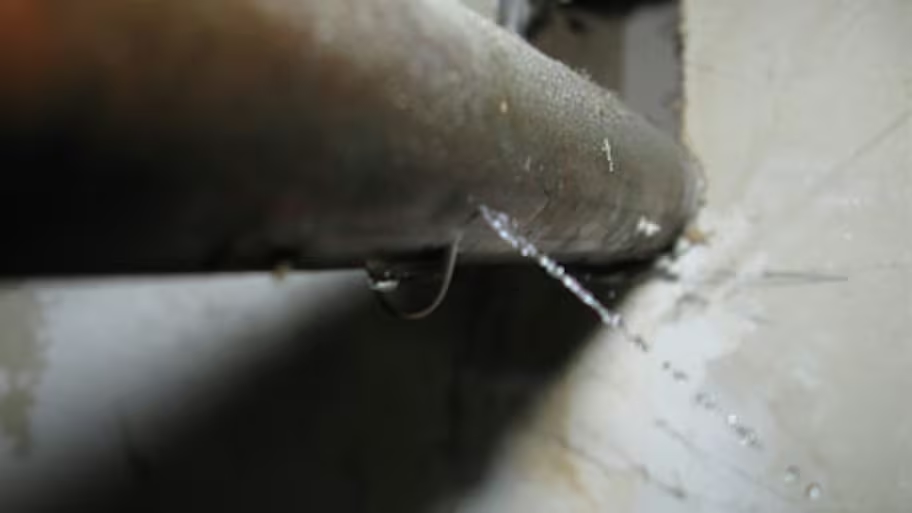Unveiling the Primary Sources of Leakage Within The Home
Unveiling the Primary Sources of Leakage Within The Home
Blog Article
Nearly everybody is bound to have their unique assumption on the subject of How to Find Water Leaks.

Leaks not only trigger waste of water however can likewise trigger unnecessary damages to your home and promote undesirable organic development. By looking and also comprehending for day-to-day scenarios that cause leakages, you can secure your residence from future leaks as well as unneeded damages.
Instantaneous temperature changes.
Extreme temperature modifications in our pipelines can create them to increase and contract suddenly. This growth and also tightening might trigger cracks in the pipelines, particularly if the temperature are below freezing. It would be best if you watched on exactly how your plumbing works. The presence of the formerly discussed situations regularly suggests a high risk.
Rusty water systems
This might be the reason of staining or warping on your water pipes. If our plumbing system is old, consider replacing the pipes considering that they are at a higher risk of corrosion than the more recent versions.
Faulty Pipe Joints
The point at which your pipelines connect is often the weakest web link in the waterline. Pipeline joints can degrade in time, causing water leakages. The majority of pipeline joints are not easily noticeable. If you have noisy pipelines that make ticking or banging sounds, especially when the hot water is activated, your pipeline joints are probably under a lot of stress. It is advisable to have your plumber check your system once a year.
Intruding origins
Many water leakages begin outside the home instead than inside it. You might notice wet spots or sinkholes in your backyard, and also that could indicate that tree origins are invading water lines triggering water to permeate out.
Poor Water Connectors
At times, a leakage can be triggered by loose hoses and also pipelines that supply your home appliances. Most of the time, moving is what triggers the loose water Connections. You may find in the case of a washing device, a hose pipe may spring a leak as a result of trembling throughout the spin cycle. In case of a water links leakage, you might discover water running straight from the supply line or pools around your home appliances.
Blocked Drains
Obstructed drains pipes may be annoying and inconveniencing, however they can sometimes end up creating an overflow resulting in burst pipes. Maintain removing any type of materials that may go down your drains that could block them to avoid such hassles.
All the above are sources of leakages however not all water leaks result from plumbing leakages; some leaks may originate from roof leaks. All leakages should be fixed quickly to avoid water damage.
Leakages not only trigger waste of water however can likewise cause unnecessary damages to your house as well as advertise unwanted organic growth. By looking and recognizing for daily situations that create leakages, you can secure your house from future leaks and unneeded damage. Today, we will look at 6 leakage triggers that might be creating your pipes to drip.
At times, a leakage can be triggered by loosened pipes and pipes that provide your appliances. In case of a water links leakage, you may discover water running straight from the supply line or pools around your devices.
How To Check For Water Leak In Your Home
How To Check for Leaks
The average household's leaks can account for nearly 10,000 gallons of water wasted every year and ten percent of homes have leaks that waste 90 gallons or more per day. Common types of leaks found in the home are worn toilet flappers, dripping faucets, and other leaking valves. These types of leaks are often easy to fix, requiring only a few tools and hardware that can pay for themselves in water savings. Fixing easily corrected household water leaks can save homeowners about 10 percent on their water bills.
To check for leaks in your home, you first need to determine whether you're wasting water and then identify the source of the leak. Here are some tips for finding leaks:
Take a look at your water usage during a colder month, such as January or February. If a family of four exceeds 12,000 gallons per month, there are serious leaks.
Check your water meter before and after a two-hour period when no water is being used. If the meter changes at all, you probably have a leak.
Identify toilet leaks by placing a drop of food coloring in the toilet tank. If any color shows up in the bowl after 10 minutes, you have a leak. (Be sure to flush immediately after the experiment to avoid staining the tank.)
Examine faucet gaskets and pipe fittings for any water on the outside of the pipe to check for surface leaks.
Undetected water leaks can happen without the home or business owner even realizing. If you suspect a water leak, but not able to find the source. It is time to contact a professional water leak detection service, The Leak Doctor.
How To Find a Water Leak In Your Home
https://www.leakdoctor.com/blog/How-To-Check-For-Water-Leak-In-Your-Home_AE197.html

I hope you enjoyed our excerpt on How to Find Water Leaks. Thank you for taking time to browse our content. Liked our article? Please share it. Help other people locate it. Many thanks for your time. Please come by our blog back soon.
Set Up An Appointment Report this page